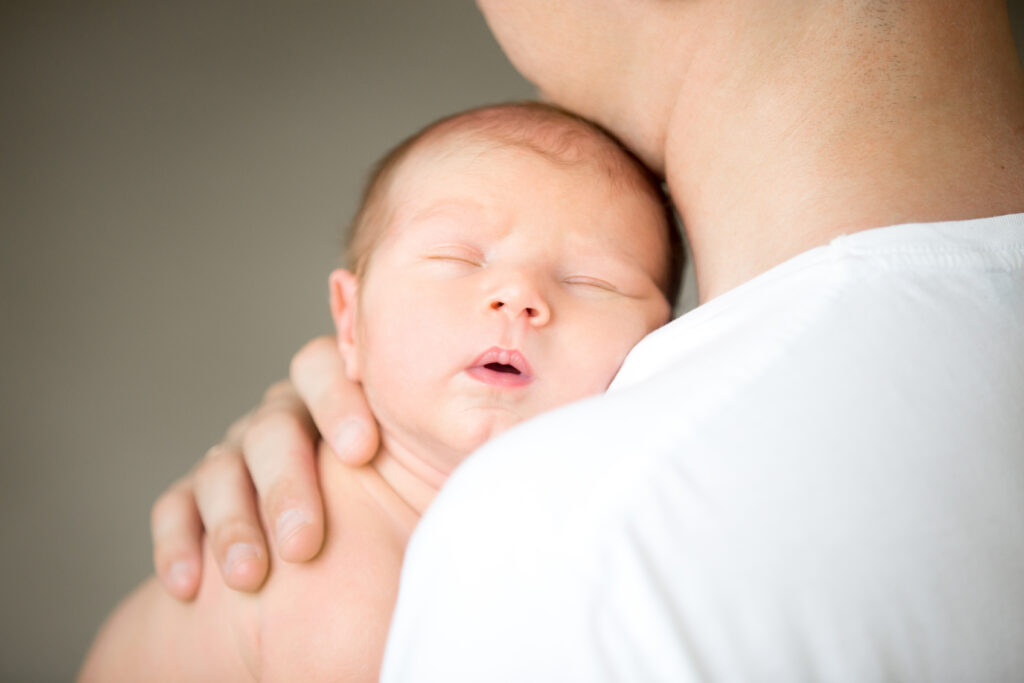You’ve just brought your beautiful new baby home from the hospital. You’re exhausted, elated, and totally in love. The first few days and weeks fly by in a blur of feeding, changing, and holding your new little one. And in the midst of it all, you want to make sure you capture all of the precious details of those first few weeks.
One of the best ways to do this is through new-born photography. But if you’ve never had a baby before, you might be wondering what new-borns actually look like in photographs.
Here’s a quick rundown of what you can expect:
- New-borns are typically very sleepy and can be easily posed.
- They have smooth, soft skin and often have what’s called ” new-born rash” – a harmless red blotchy skin condition that usually goes away on its own within a few weeks.
- They have very small, delicate features and their hands and feet are often clenched into fists.
- Their heads are usually larger in proportion to the rest of their bodies and they often have lots of hair – even if you don’t think your baby was born with much hair!
- Most new-borns are born with blue eyes, but they can start to change colour within the first few weeks.
- And finally, new-borns often have what’s called “meconium” – a sticky, black substance that is their first stool. Don’t worry, it’s totally normal!
If you’re thinking about hiring a new-born photographer, or even just taking some DIY new-born photos yourself, keep these things in mind. And enjoy this special time with your new baby!

When you first see your new-born baby, you may be surprised by their appearance. They may be smaller or taller than you expected, and their skin may be a slightly different colour than you anticipated. Most new-born babies will have a small amount of lanugo, which is a fine, downy hair that covers their body. This lanugo usually disappears within the first few weeks after birth.
New-born babies often have irregular blotchy skin colouring. This is caused by the circulation of blood in their newly developing circulatory system and will even out over time.
You may also notice that your new-born baby has small, white bumps on their face called milia. Milia occur when dead skin cells become trapped in tiny pockets on the surface of the skin. Milia are harmless and usually disappear within a few weeks.
Your new-born baby’s umbilical cord stump will fall off within one to two weeks after birth. Until it falls off, you will need to keep the area clean and dry to prevent infection.
There’s nothing quite like looking into the face of your new baby for the first time. All that soft, downy hair; plump, pink cheeks; and those big, bright eyes staring up at you. It’s no wonder that people often say babies are “cute as a button!’
Of course, every baby is different and unique in their own way. But there are certain physical characteristics that are common in new-borns. Here’s a quick rundown of what you can expect to see when you first meet your little one:
- Skin: Your baby’s skin will be thinner and more fragile than an adult’s skin. It may also be covered in a whitish, waxy substance called vernix caseosa. This substance helps protect your baby’s skin from the amniotic fluid they’ve been floating in for the past nine months.
- Hair: New-borns usually have fine, soft hair that is often lighter in colour than the hair they’ll have as they get older. Some babies are born bald, while others have a full head of hair.
- Eyes: It’s not uncommon for new-borns’ eyes to appear crossed or misaligned. This is because the muscles that control eye movement are still developing. Your baby’s eyes may also seem watery or teary. This is due to the fact that the tear ducts are not fully developed yet.
- Nose: Your baby’s nose may be small and slightly misshapen. This is because the cartilage that makes up the nose is still soft.
- Mouth: New-borns have small mouths with thin, delicate lips. The tongue is usually relatively large in comparison to the size of the mouth.
Your baby’s appearance will change a lot in the first few months of life. But those first few moments of looking into your new-born’s face are sure to be unforgettable.
Would you like to know more about parenting? Go to our next article!
Would you like to know more about your pregnancy? Visit our Mumgazine YouTube channel!


Vaobong88vn… Looks like an option when you want to test your betting skills in the arena of sports! Check out their site for some unique betting options. Check out vaobong88vn and try their offers
How’s it hanging? Been messing with 888pbet. It’s okay, nothing groundbreaking, but it gets the job done. Worth a gander if you’re just browsing. Give 888pbet a try.
Yo, heard pgslotpeh888 got some sweet slot action. Gonna throw a few spins their way and hope for a big payout! Wish me luck, fam!
keobovn, huh? This one is kinda new to me. Giving it a try. It looks alright so far, let’s see if it hits the spot! Not ready to give a final verdict, but will check here again to share how the experience goes.